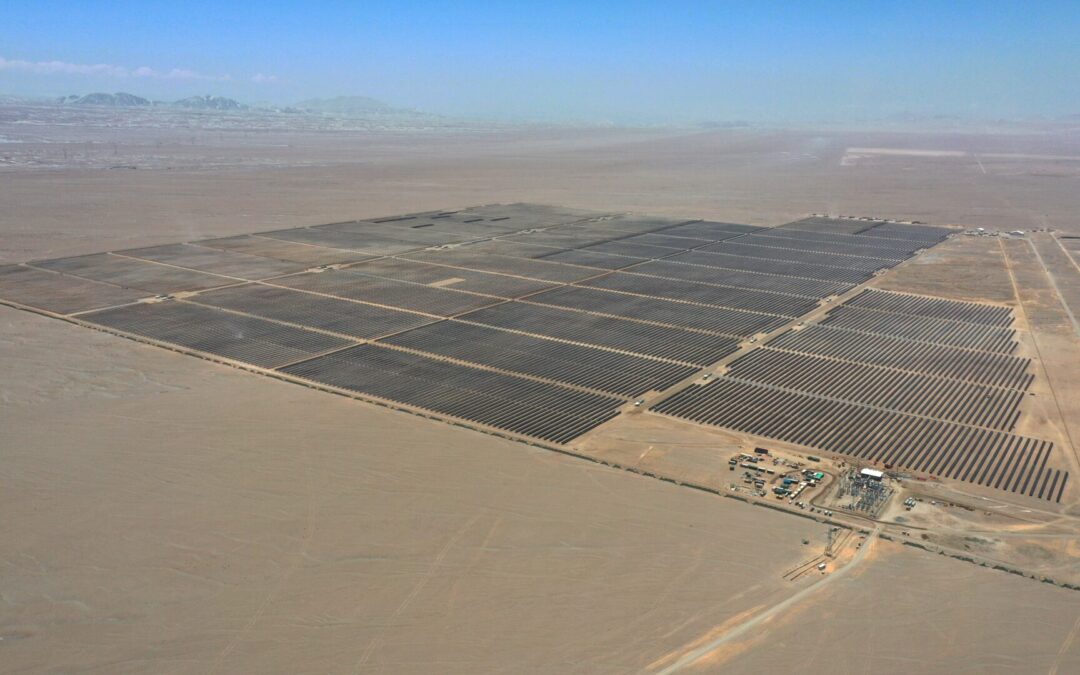Here is how fertilizers drive food prices

Since the Green Revolution, industrial agriculture has seen incredible improvements in yield – changing the world by making population growth possible. Much of these gains can be attributed to fertilizers – the minerals potassium and phosphorus, as well as nitrogen. There is no doubt that 30-50% of world food yields can be attributed to fertilizer; but much less is known about the economics of fertilizer: how fertilizer prices affect food markets, and how competition in the mining sector affects fertilizer prices.
In a recent study, I investigate the how fertilizer prices drive food prices (with Hinnerk Gnutzmann). We show that, in the long run, a doubling of fertilizer prices leads to a 44% increase in food prices. Since fertilizer prices tripled from 2007 to 2008, largely due to high potassium and phosphorus prices, our results highlight the role minerals markets played in the recent food crisis.
The true, causal impact of fertilizer on food prices is not that easy to estimate due to the so called reversed causality. On one hand fertilizer is an important cost factor for food production. According to the US Department of Agriculture, the average fertilizer cost share in years 1975-2013 accounted for 32% of the marginal cost of wheat and 37% of the marginal cost of maize. Similar shares are estimated for other major crops. So an increase in fertilizer prices is very likely to increase the food prices, especially, given that farmers usually operate on a small margin. At the same time, an increase in food prices increases farmers’ return on investment in fertilizers and hence the demand for fertilizers and hence fertilizer prices.
To overcome this problem we take advantage of the fact that natural gas, while a key component for nitrogen fertilizer production, plays negligent role in food production. In contrast, direct farm energy use is predominantly for fuels (diesel and gasoline) to operate machinery; these fuels are produced from crude oil and not gas. To put the long story short, we identify the causal effect of fertilizer prices on food prices using gas/crude oil spread.
An appreciation of the role of fertilizer may be crucial to understanding the past food crises and mitigating any future one. Given the large share of agricultural marginal cost accounted for by fertilizer, one should expect strong pass-through from fertilizer to food prices as confirmed by my study.
Those results are especially important given the relative scarcity of potash and phosphorus and the resulting market structure in those industries. Potash and phosphates markets are indeed one of the world’s most concentrates markets, which may give a lot of market power to the producers. Judging by the current record low prices the operating firms are currently far from executing this power. However, the 2008 price spike (in this year potash and phosphates prices surged by 300%) is by many attributed to the activities of export organizations on both markets.
The high potash and phosphates prices stimulated new mining projects around the world both from the current and new market players. Given the 7-10 year time to develop a mine, many of those mines are about to start their operations soon and the global capacity is scheduled to grow by at least 30% in the coming years. The increase in competition, is surely not a good news for the current shareholders, but will help the food prices to stay at the affordable level.
_________
Piotr Śpiewanowski holds PhD in economics from European University Institute in Florence and is an assistant professor at Vistula University and a researcher at the Polish Academy of Science. His current research activities are centered on FINEXCA project investigating the impact of financial speculation and market structure on commodity prices.
{{ commodity.name }}
{{ post.title }}
{{ post.date }}

Comments